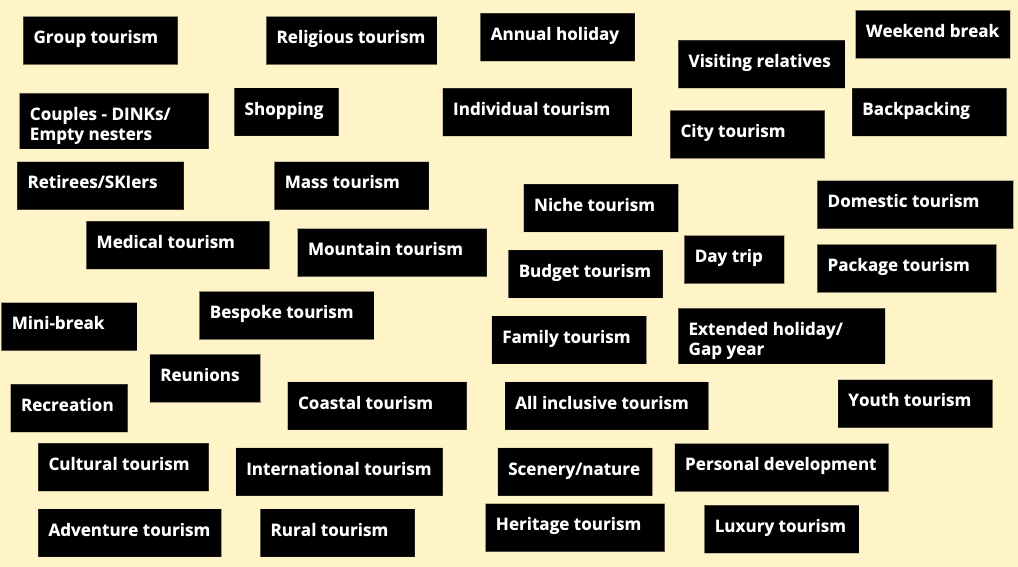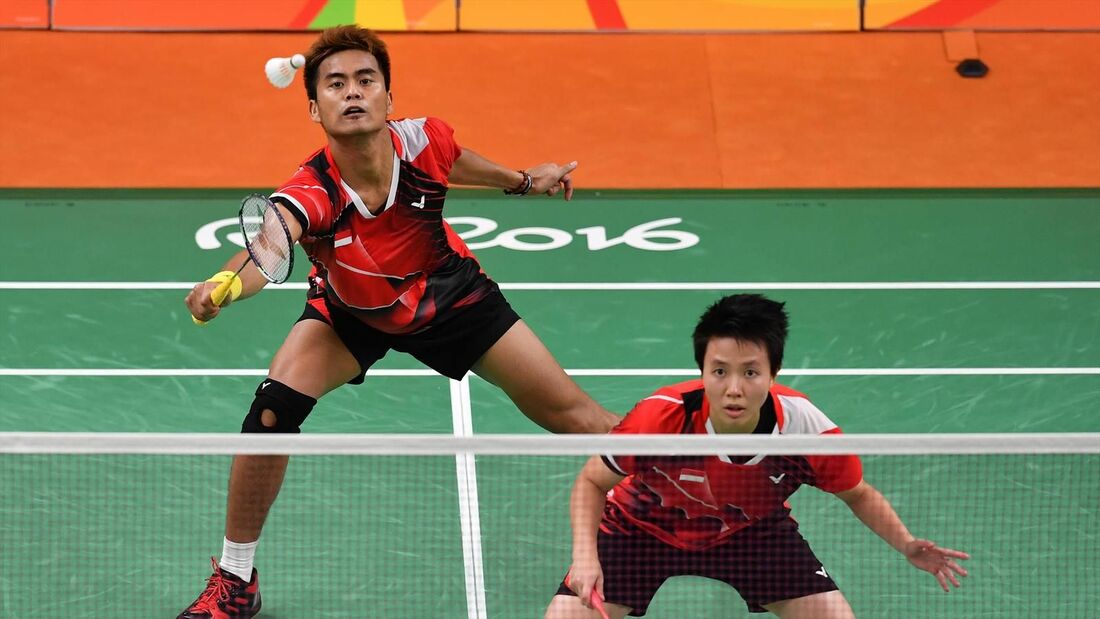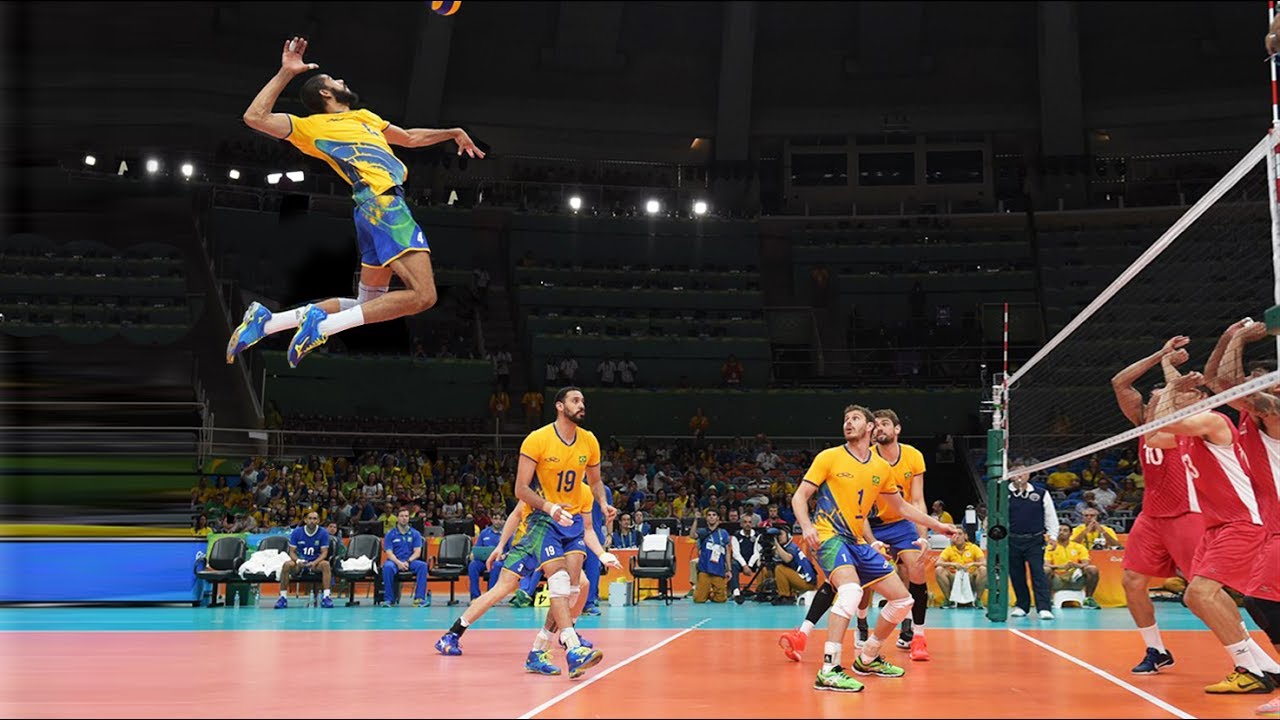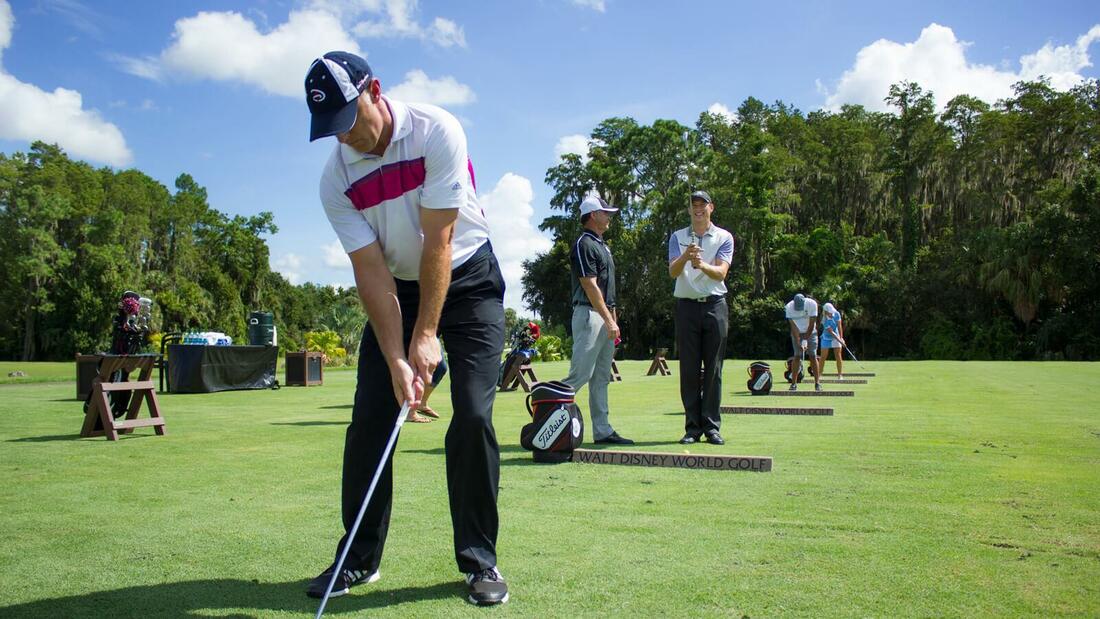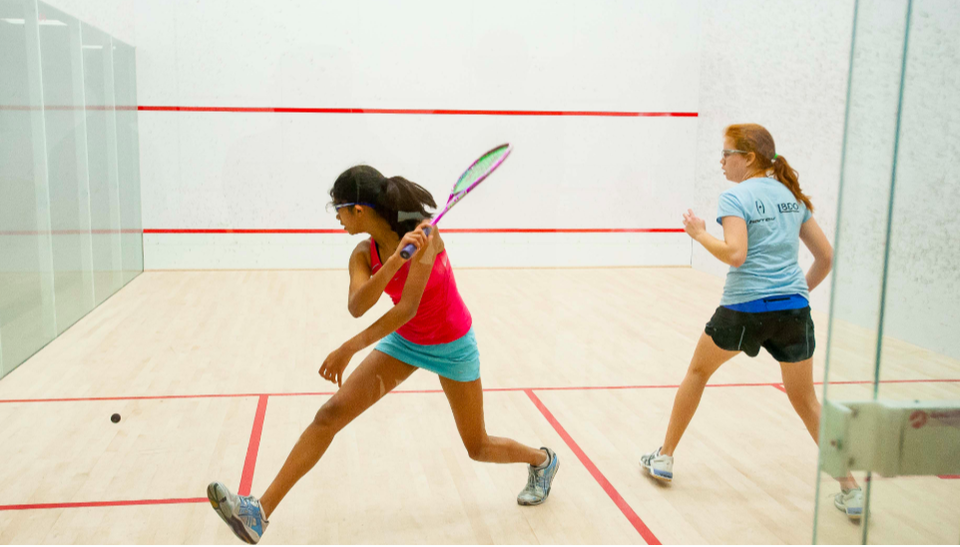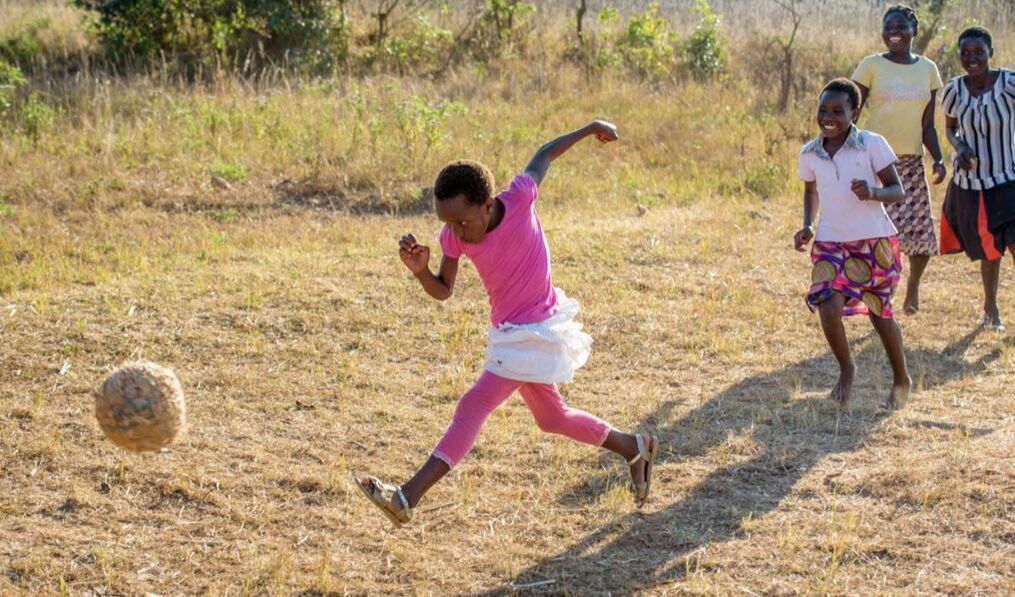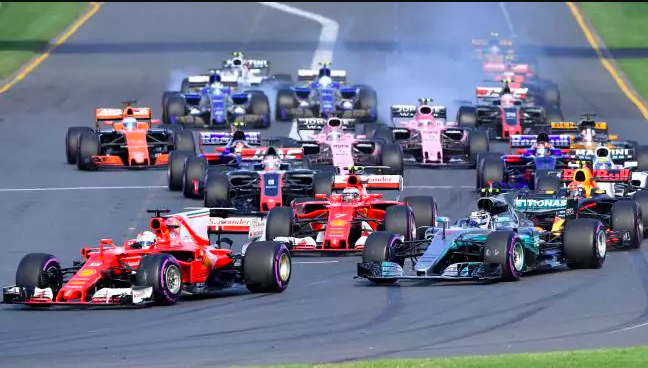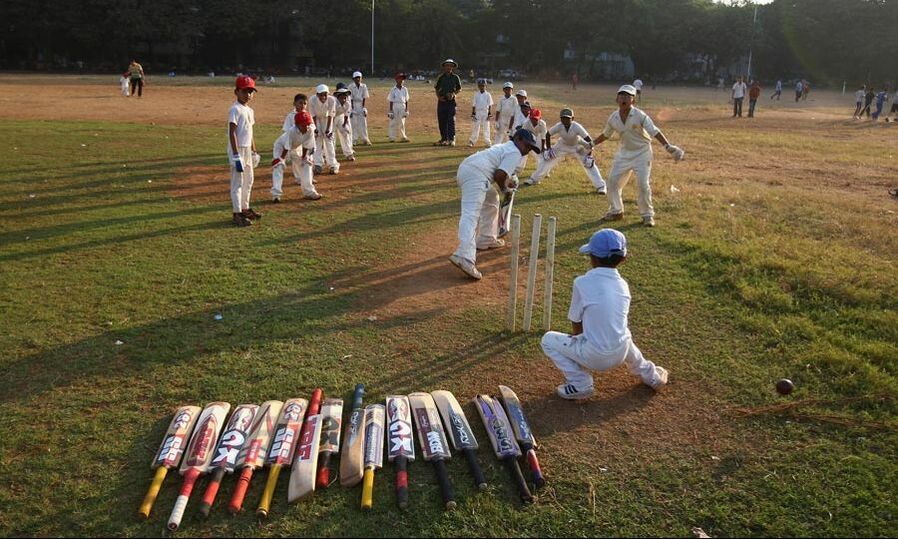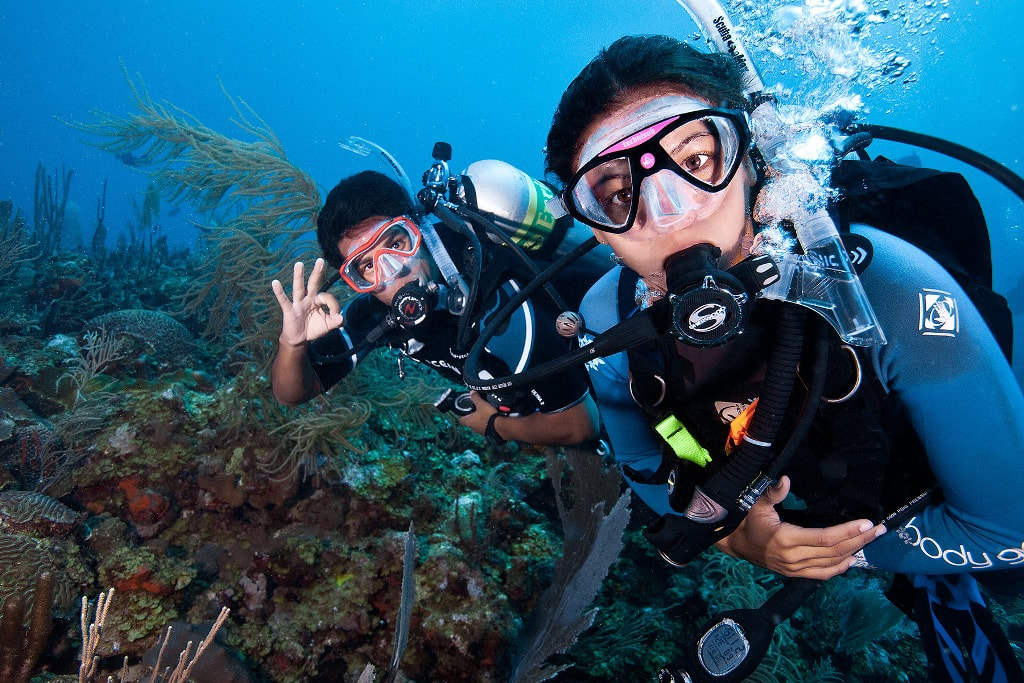-
MYP
- Home
-
IGCSE
- Course information
-
Physical: Hazardous environments
>
- Distribution of tectonic hazards
- Causes of tsunami
- Measuring earthquakes
- Earthquake case study 1: Haiti
- Earthquake case study 2: Christchurch
- Why do earthquakes do more damage in LICs than in HICs?
- How are volcanic eruptions measured?
- Tropical storms - distribution
- Causes of tropical cyclones
- Tropical cyclones - case study
- Why live in hazardous areas?
-
River Environments
>
- Hydrological cycle
- River basins
- Factors affecting river regimes
- Fluvial processes: erosion
- Fluvial processes: weathering and mass movement
- Fluvial processes: transportation and depositon
- River features and their formation
- How rivers change from source to mouth
- Uses of water
- Water pollution
- Water supply
-
IBDP
-
Changing population
>
- Global patterns of economic development
- Physical and human factors affecting global population distribution
- Case study 1: China
- Case study 2: Niger
- Demographic transition
- Megacity growth
- Forced migration and internal displacement
- Ageing populations
- Pro-natalist and anti-natalist policies
- Gender equality policies
- Trafficking policies
- The Demographic Dividend
-
Global climate vulnerability and resilience
>
- Atmospheric system
- The energy balance
- Changes in the energy balance
- The enhanced greenhouse effect
- Climate Change and the Hydrosphere, Atmosphere and Biosphere
- Impacts of climate change on people and places
- Disparities in exposure to climate change risk and vulnerability
- Government-led adaptation and mitigation strategies
- Civil society and corporate strategies
-
Global resource consumption and security
>
- Progress towards poverty reduction
- Measuring trends in global consumption
- Global patterns and trends in the availability and consumption of water
- Global patterns and trends in the availability and consumption of land/food
- Global patterns and trends in the availability and consumption of energy
- Water food and energy nexus
- Recycling and waste
- Malthus vs Boserup
- Resource Stewardship strategies
- Sustainable Development Goals
-
Freshwater - drainage basins
>
- The drainage basin as a system
- How rivers change from source to mouth
- River discharge
- River processes
- River landforms
- Factors affecting flood risk
- Attempts at flood prediction
- Flood mitigation
- Flood mitigation case studies
- Water scarcity
- Agricultural activities and water quality
- Pressures on lakes and aquifers
- Internationally shared water and conflict
- Water management: participation of local communities
- Dams as multi-purpose schemes
- Water management: Integrated Drainage Basin Management (IDBM)
- Managing wetlands
-
Leisure, Sport and Tourism
>
- Growth and purpose of leisure time
- Categories of tourism and sport
- Economic development and participation
- Factors affecting personal participation
- Factors affecting growth of tourism hotspots
- Spheres of influencee
- Factors affecting a national sports league
- Festivals
- Niche national tourism strategies
- Role of TNCs
- Tourism as a national development strategy
- International sporting events
- Consequences of unsustainable growth
- Sustainable tourism
- Future international tourism
- Political and cultural influences on sport
- Extended Essay in Geography >
- Skills/concepts >
-
Changing population
>
- Geography and ToK
- Theory of Knowledge
Study Guide
The categorization of touristic activities (cost, duration, destination) and sporting activities (cost, popularity, site)
Classifying tourism
There are many ways of classifying tourism. These include cost, duration and destination but we can also classify tourism in other ways for example, socio-economic group, purpose of the trip, how it is organised.
Use the powerpoint below to create classification diagrams for each method/approach. Make sure you know what is meant by each kind of tourism in the second slide and be able to justify your classifications.
Use the powerpoint below to create classification diagrams for each method/approach. Make sure you know what is meant by each kind of tourism in the second slide and be able to justify your classifications.
Classifying sport
1. Classifying Sport By Popularity
How can we measure the popularity of any given sport? This may seem a straightforward question but there are many aspects that we might need to consider and no global agreement on what are the most popular sports. Examine the approaches below.
How can we measure the popularity of any given sport? This may seem a straightforward question but there are many aspects that we might need to consider and no global agreement on what are the most popular sports. Examine the approaches below.
- For each, identify the criteria used to decide on popularity
- What are the criteria which they have in common? Which are unique
- Decide in your groups which "top 5" criteria you would use to classify sports by popularity.
- How do your criteria compare with those in your textbook?
- What factors do you think will determine the popularity of a sport in terms of:
- Participation
- Fan base
- Economic value
Examine the map below which shows the most popular sports in each country of the world.
- Do you agree with it for your own country or countries (why?)
- What criteria were used to decide upon the most popular sport for each country?
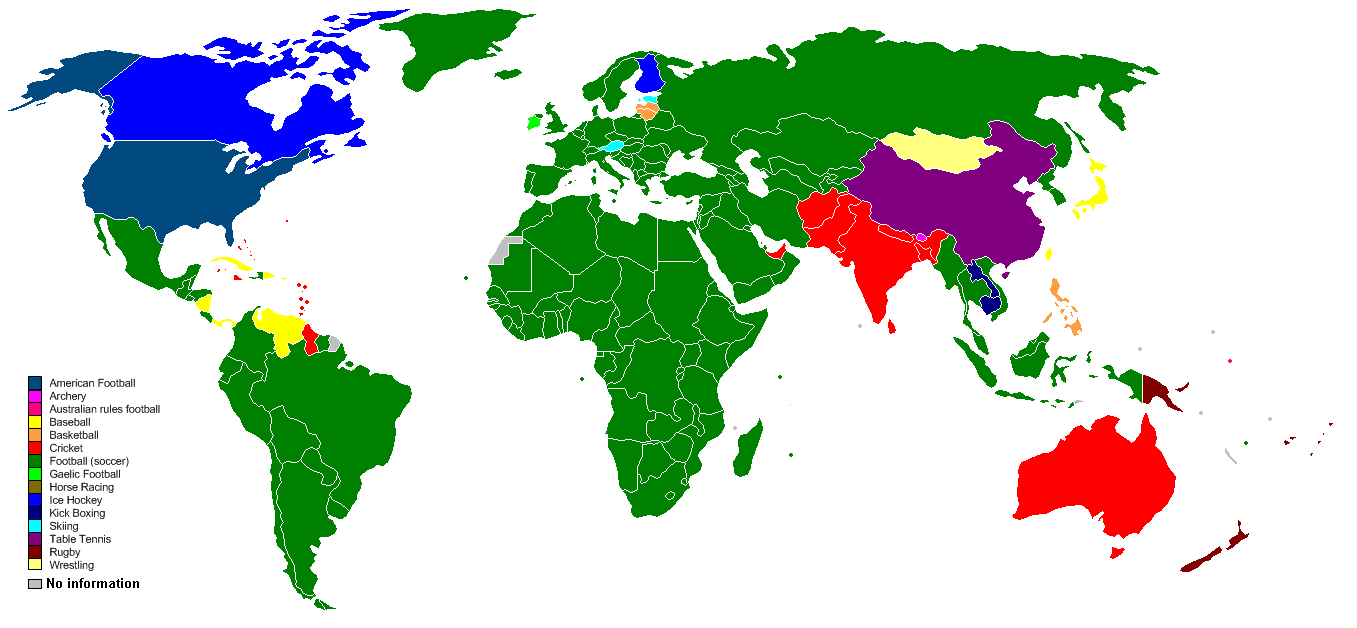
2. Classifying Sport by Cost and Site
Some sports cost more to participate in than others. Factors which will affect the cost to participate in a sport will include:
Some sports cost more to participate in than others. Factors which will affect the cost to participate in a sport will include:
- The equipment that needs to be purchased in order to participate.
- The nature of the site where the sport takes place: can it be played anywhere or are very specific venues demanded?
- Socio-economic factors: is it necessary to have access to expensive or exclusive clubs/facilities?
